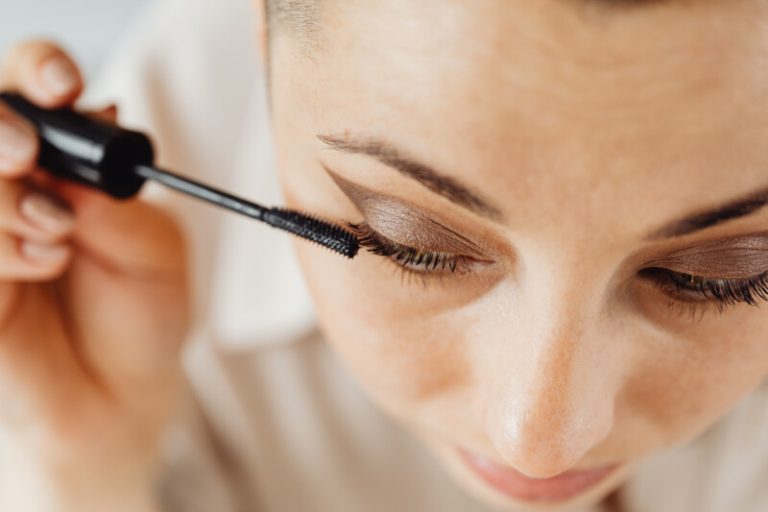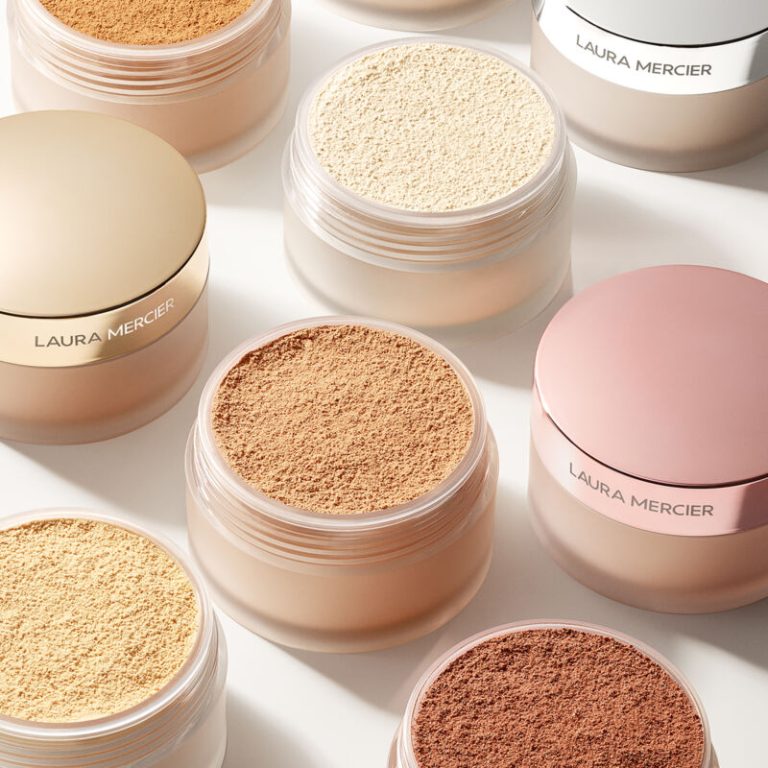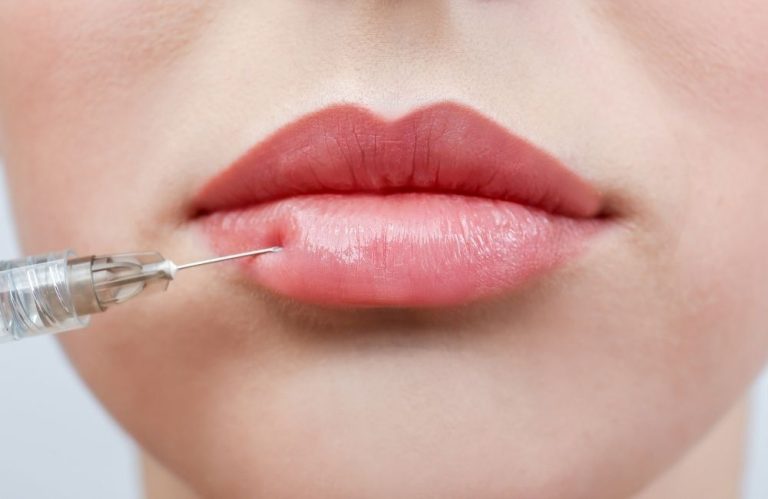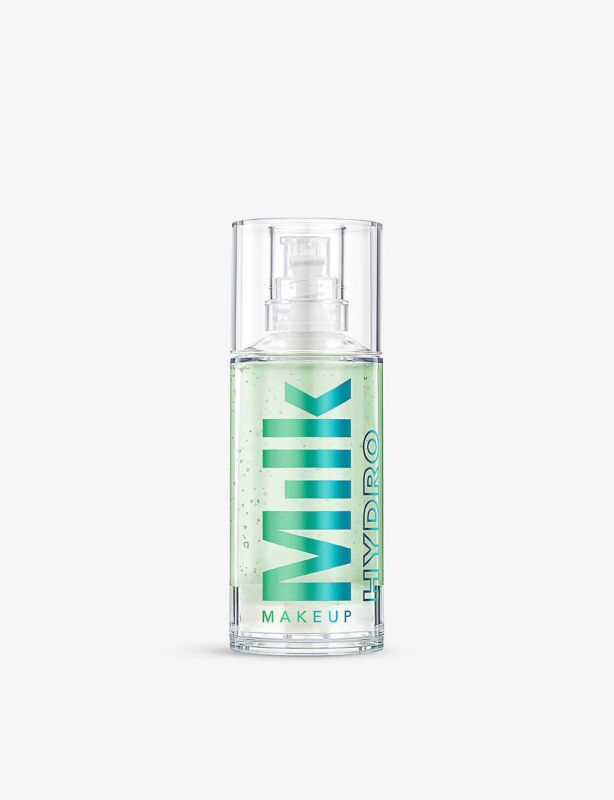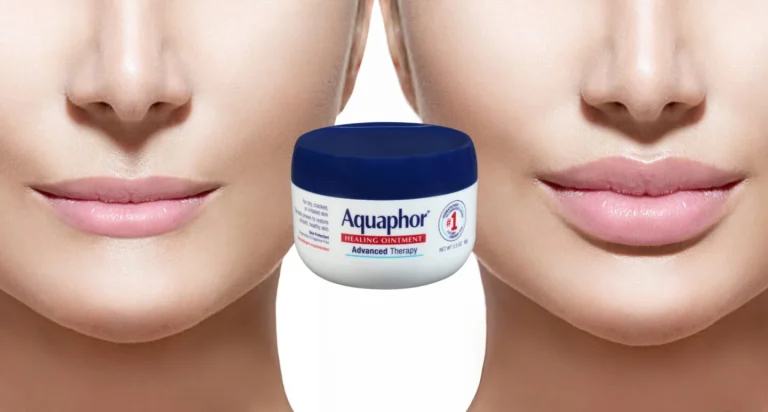How long does henna last? Is it permanent?
When applied correctly to skin or hair, beautiful henna designs and dye can last between 1 and 4 weeks. Henna is a temporary body art that stains the outermost layer of skin, lasting until that layer naturally exfoliates. On hair, henna coats the strands and remains until new growth comes in. Many factors impact how long it lasts.
I will provide a breakdown by body part below of typical timeframes, along with what affects longevity.
How Long Does Henna Last on Skin?
Contents
- Henna Questions Answered
- Does henna damage hair?
- How long would it take for henna to fade from the hair?
- Can I reapply henna paste right away if it fades too quickly from the skin?
- Does the preparation method influence how long the paste lasts?
- How Long Does Henna Last for Brows?
- Does pregnancy or breastfeeding impact how long henna lasts?
- How long would Henna survive shipping?
- What Factors Speed Up the Fading of Henna from the Skin?
- How Should I Store Leftover Henna Paste?
- Do natural hair dyes damage hair less than chemical dyes?
- How Should I Transition My Color-Treated Hair to Henna?
- Final Takeaways on Henna Duration
When henna paste is skillfully applied to the skin in intricate designs, the dried paste flakes off after 24 hours, leaving behind a stain. How long that stain remains depends on the factors below:
Body Part: Henna can be applied anywhere but lasts longest on the palms, soles of feet, and elbows, where skin regenerates slowly. Tattoos on the face, arms, legs, and torso fade quicker as these skin cells replenish faster.
Paste Ingredients: 100% natural, body-quality henna powder produces the darkest, longest-lasting stains. Compound pastes with additives weaken results.
Paste Consistency: The thicker the paste, the better it adheres for a richer color. Properly mixed henna is toothpaste-like, not runny.
Application Skill: An experienced artist who generously applies paste in thin layers will yield better patterns. Novice DIY attempts fade faster.
Aftercare: Avoiding water, exfoliation, sun exposure, and contact with chemicals for 1-3 days allows optimum stain setting. Premature removal diminishes longevity.
With ideal conditions, henna tattoos commonly last 1-3 weeks on the skin, but anecdotal reports of 1-2 months are not unheard of for palm tattoos. Expect them to fade gradually, not disappear suddenly overnight. Eventually, the stained cells will slough off entirely through the skin’s regeneration cycle. Reapplication allows for extending the life of your henna art.
How Long Does Henna Last on Hair?
Henna not only dyes hair but also conditions, strengthens, and protects it during processing and in the long term. For best results:
- 100% pure, body-art-quality henna powder
- Freshly mixed into a smooth, thick paste
- Applied generously to clean, dry hair
- Allow the paste to set for 4–8 hours
- Rinse thoroughly until water runs clear
When done properly, the lawsone molecules in henna penetrate deeply into hair follicles to dye the entire strands, even into the roots. It cannot lighten or bleach hair, however; it can only add color over top. Expect subtle, natural-looking hues ranging from strawberry blonde to auburn highlights on light hair and richer auburns to near-black tones on medium to dark locks.
Results should last 4-6 weeks, with typical hair regrowth of 1/2 inch per month. Touch-up root applications allow for keeping hennaed hair looking freshly dyed. Henna cannot be removed from hair once applied, so it requires growing out entirely for removal. But the conditioning and protective benefits remain long-term even as the color fades, making it a healthier long-term hair dye option.
These average longevity time frames provide realistic expectations for how long henna lasts on skin and hair. But with quality ingredients, well-developed henna artist skills, and proper aftercare, you can extend the vibrancy of henna’s skin stain and hair dye for maximum enjoyment of this ancient, temporary body art form.
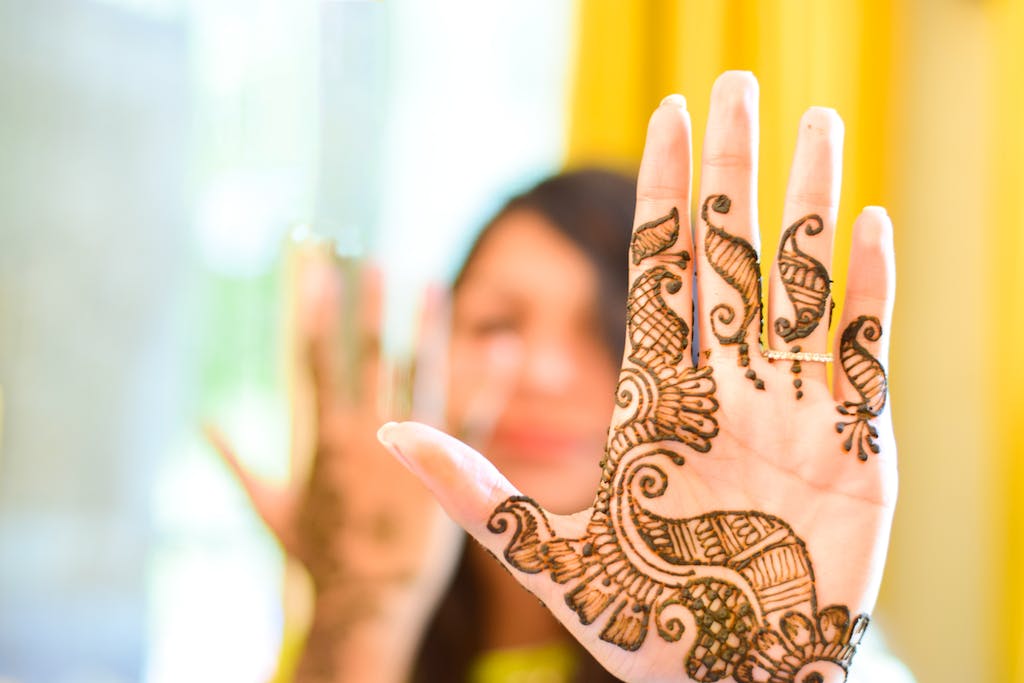
How to Care to Maximize Longevity
- Avoid contact with water, sun, and exfoliating products for 2–3 days after application
- Keep paste wet and seal it full 6–8 hours when applied to hair
- Longer setting time equals longer-lasting stain
- Apply extra layers of paste for richer, darker results
- Mix henna paste to toothpaste consistency, not runny
- 100% natural henna powder yields longest-lasting stains
- Reapply every 2-3 weeks to maintain designs and hair tints over time
Henna Questions Answered
Does henna damage hair?
Quite the opposite! Henna is known to condition, strengthen, and add thickness to hair while dyeing it without harsh chemicals. The molecules even continue to protect long-term. It cannot lighten hair, though; it only adds color on top of existing pigment.
How long would it take for henna to fade from the hair?
Natural henna never truly “fades” from hair once applied; the coloring molecules penetrate too deeply and permanently. Expect to touch up roots monthly as new regrowth comes in. But the entire process of growing out hennaed hair can take 6 months to years for full removal, depending on length.
Can I reapply henna paste right away if it fades too quickly from the skin?
Yes absolutely! Repeated applications allow you to refresh and maintain the vibrancy of henna skin stains for as long as desired. Waiting at least 48 hours gives the first stain time to oxidize fully. But applying it every few weeks lets you continually refill the outer skin layer with lawone molecules for staying power.
Does the preparation method influence how long the paste lasts?
Yes, badly mixed paste leads to poorer quality stains and longevity. The paste consistency should be like toothpaste—not too thick and not runny. Strain out all clumps, allowing the powder to dissolve fully. And jarred or frozen pre-mixed henna reduces potency over fresh mixed. So take time to properly mix for lasting results.
How Long Does Henna Last for Brows?
Henna can be used to tint eyebrows similarly to hair; the powder imparts a reddish stain on the brow hairs that remains until new growth pushes out the colored strands after 4-6 weeks. For eyebrows specifically:
- Tinting kits come pre-mixed for brows for easy application
- The paste should set on brows for 5–10 minutes only
- Rinse thoroughly once processed
- Expect subtle, soft results, not dramatic dark brows
Proper technique leads to beautifully shaped reddish-brown brows that define the eyes for weeks before requiring a touch-up application.
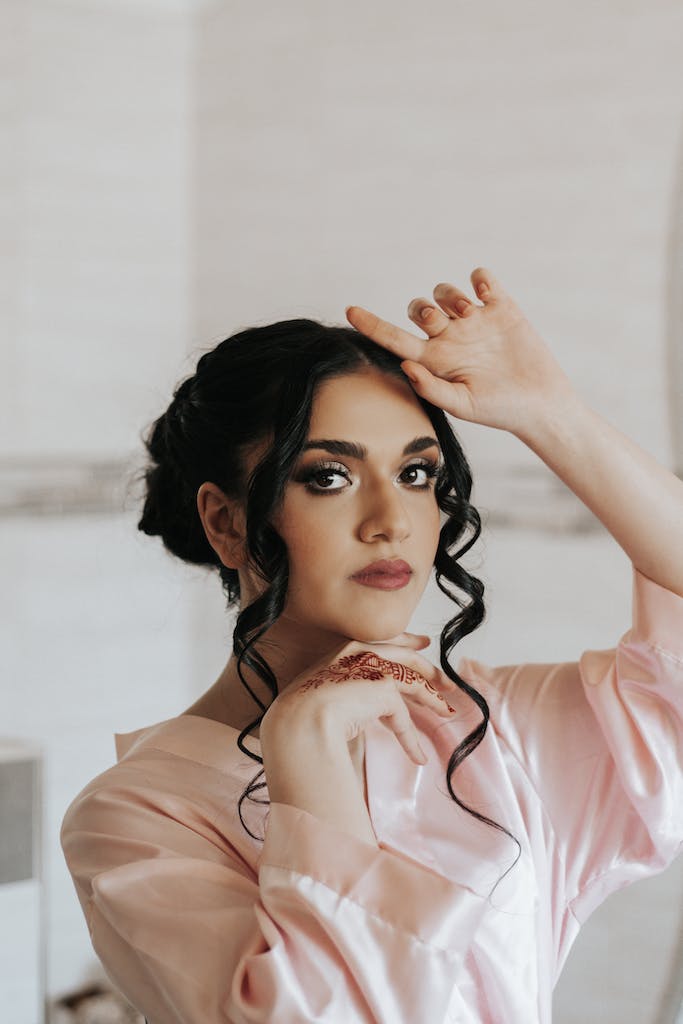
Does pregnancy or breastfeeding impact how long henna lasts?
Pregnant and nursing women can still enjoy henna body art. But because pregnancy hormones accelerate skin regeneration and breastfeeding can increase perspiration, expect henna tattoos to fade faster during this time. Focus designs on the palms and feet for the longest-lasting results.
And always check with your doctor about personal sensitivities and safety considerations before applying any chemicals to your skin while pregnant or nursing. Some OBGYNs recommend doing a patch test on the inner wrist 1-2 days before applying henna widely to check for any reaction. Proceed with full application only if no redness or itching develops.
How long would Henna survive shipping?
Henna paste begins deteriorating in quality immediately after mixing, so pre-mixed henna often gets shipped in a dried powder form to be activated upon arrival with water or lemon juice. If properly vacuum-sealed and shipped rapidly, the shelf life averages:
- 6–8 months for whole leaf henna powder
- 3–4 months if Henna is finely sifted
- 1-2 months for pre-mixed henna paste stored frozen
The sooner henna gets used after arriving, the better-quality paste it will yield. Customers should read analysis to confirm trusted vendors with fast processing and shipping times to maximize longevity.
What Factors Speed Up the Fading of Henna from the Skin?
While avoiding water and chemicals for 2-3 days allows optimal stain setting, certain factors can diminish designs faster after that:
- Exfoliation: Any scrubbing or peeling removes stained skin cells
- Sun Exposure: The sun bleaches henna designs and accelerates skin regeneration
- Swimming: Both the chlorine and abrasion against skin fade the stain
- Sanitizers and Cleaners: Chemicals can weaken henna bonds over time
While it is difficult to avoid all these entirely, being mindful of them allows you to maximize a beautiful henna tattoo’s longevity.
How Should I Store Leftover Henna Paste?
Only mix as much paste as needed per application, but leftovers do occur. For saving unused henna:
- Spoon thick paste into an airtight container without extra air bubbles
- Smooth the surface flat
- Ensure paste depth is 1 inch or less
- Refrigerate up to 5 days or freeze up to 1 month
- Thaw frozen paste fully before reusing
Following these steps allows you to retain leftover henna paste’s potency, so none gets wasted.
Do natural hair dyes damage hair less than chemical dyes?
Absolutely! Ingredients like henna, indigo, amla, and cassia found in natural hair dye powders and products condition hair beautifully while gently tinting it. They cannot strip or bleach pigment. Chemical dyes damage cuticles through harsh ammonia and peroxides that lift them and alter their structure.
So not only does nature impart gorgeous, nuanced color ranging from golden blonde to nearly black, it also brings health, thickness, shine, and protects long-term. The trade-off is patience required during longer processing times and subtle results that build gradually compared to dramatic chemical dye. But for hair integrity alongside color, natural is best.
How Should I Transition My Color-Treated Hair to Henna?
Have patience transitioning chemically dyed hair to healthy henna, as it takes planning and gradual steps.
- Stop using chemical dyes, allowing roots to grow in a few inches naturally
- Trim off some damaged ends to let henna better penetrate healthy hair
- Perform multiple henna conditioning treatments before leaving color on long-term
- Gradually increase time, allowing henna to set from 2 hours up towards a full overnight
- Once hair health improves, leave henna on overnight for full dye release
Rushing this transition risks the henna cracking damaged hair. But slowly nursing your locks back to health first allows for the safest, best color results that remain vibrant for months longer than any salon dye job.
Final Takeaways on Henna Duration
I hope this deep dive into henna’s longevity and methods for maximizing both skin stain and hair color vibrancy and durability helps explain what realistic time frames you can expect. With proper application and care, henna makes a gorgeous semi-permanent body art and hair dye option lasting 1-3 weeks on skin for designs and 4-6 weeks for colorful locks before needing a touch-up.
While not permanent like a real tattoo, its temporary nature allows flexibility for when the inevitable fading does occur. Simply reapply another layer to the skin or hair whenever you want a refresh! Select quality henna powder, learn some application skills and care techniques, and you can fall in love with this ancient art form while avoiding damage from harsh chemical dyes.

Founded by Sophia Rodriguez, IGXO Cosmetics is a PETA-certified, cruelty-free, and vegan makeup brand.
